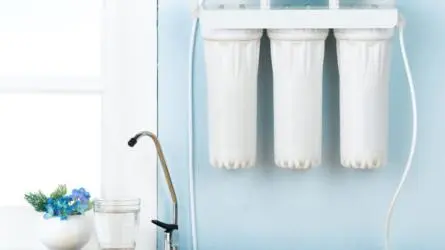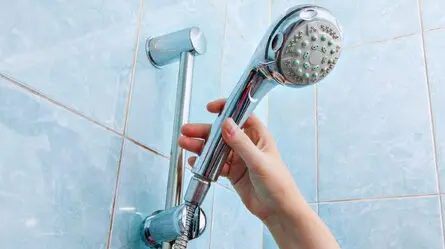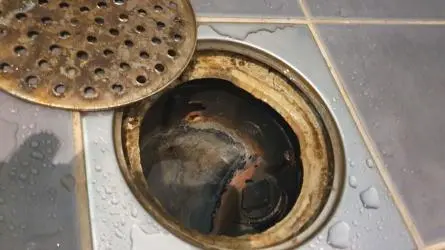A leaky faucet is not uncommon- we’ve all faced it at some point in our daily lives.
That constant drip isn’t just annoying—it’s a real waste of water. You might notice stains on your sink or even corrosion around the drains. Plus, leaks can stress your plumbing system unnecessarily. Learn more here.
Luckily, these issues aren’t anything to panic about if you act swiftly. Often, you can tackle the problem yourself with the right guidance.
So, we’ve created a guide on how to fix a leaky faucet in 5 easy steps. Follow them closely to reduce wasted water and prevent water damage to your property.
Cutting Off The Water Supply To The Tap
Before replacing your dripping faucet, you may want to shut off the water supply to the fixture. After all, you can’t work on the tap if it constantly sprays water everywhere.
To do so, look for a knob underneath the sink and turn it clockwise. After this, turn the faucet on to let out any water remaining in the water supply line.
If the water doesn’t shut off even after turning the knobs, you can shut off the entire house’s water supply.
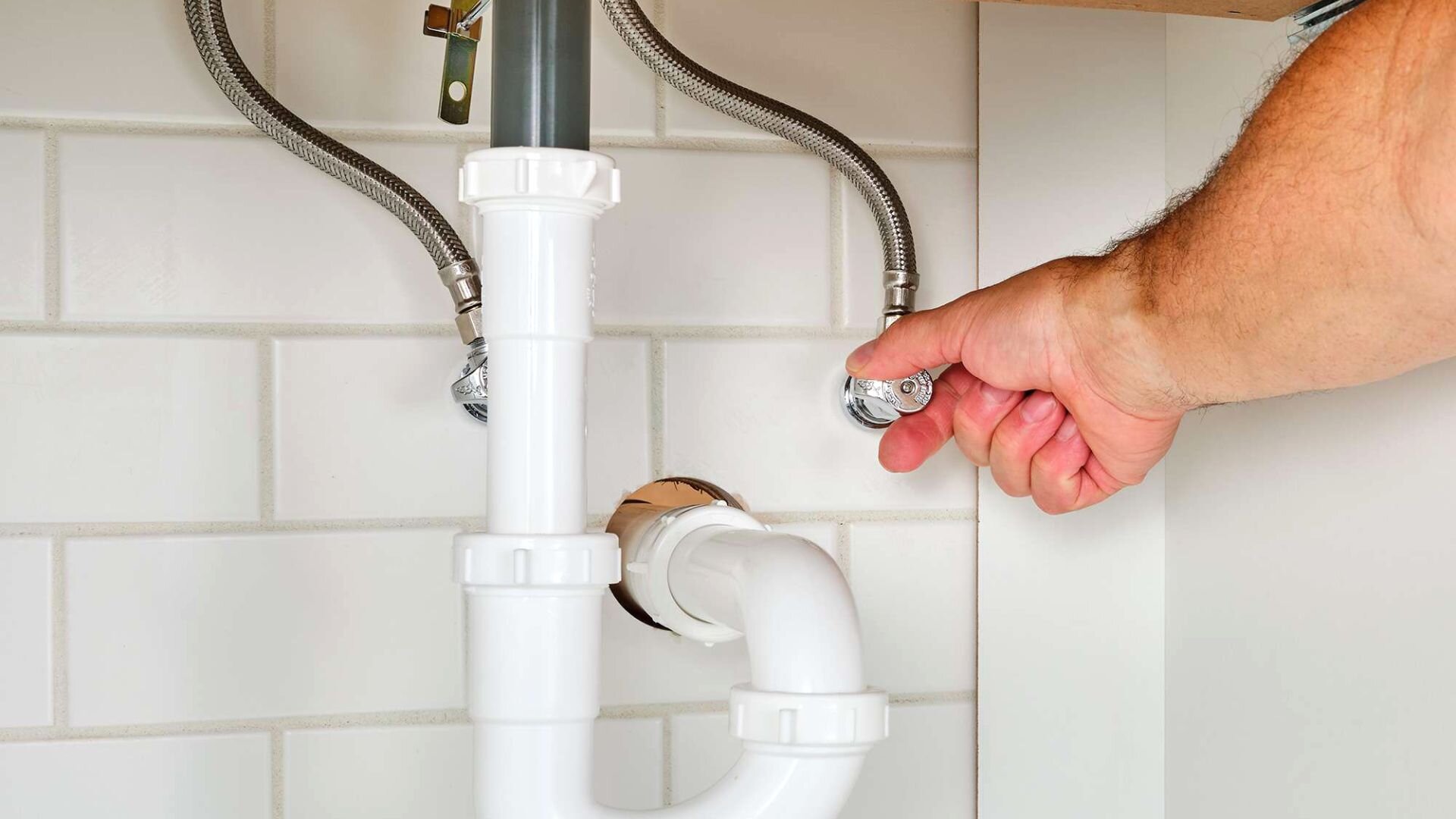
What You’ll Need To Fix A Leaky Compression Faucet
- Flat head screwdriver
- Toothless Plumbing wrench
- Towel
- O-ring
- Hex wrench
- Faucet washer
5 Steps To Fix A Leaky Compression Tap
In compression faucets, rubber washers play a crucial role by tightening the valve seat. Think of it like how a plastic bottle cap works to seal in the liquid.
These faucets often leak when the rubber washer is sufficiently worn down. So, when you turn off a dripping faucet, it never cuts off the water supply entirely. This means that the problem lies with the washer itself, and replacing it would fix the water leakage.
1. Take Off The Cap From Faucet Handles
First, you will have to remove the cap present on top of each faucet handle to access the inner working parts of the faucet. Lift the decorative cap using a flathead screwdriver, underneath which you will find a screw head.
Place the decorative cap close by and proceed to the next step.
2. Remove The Tap Handles
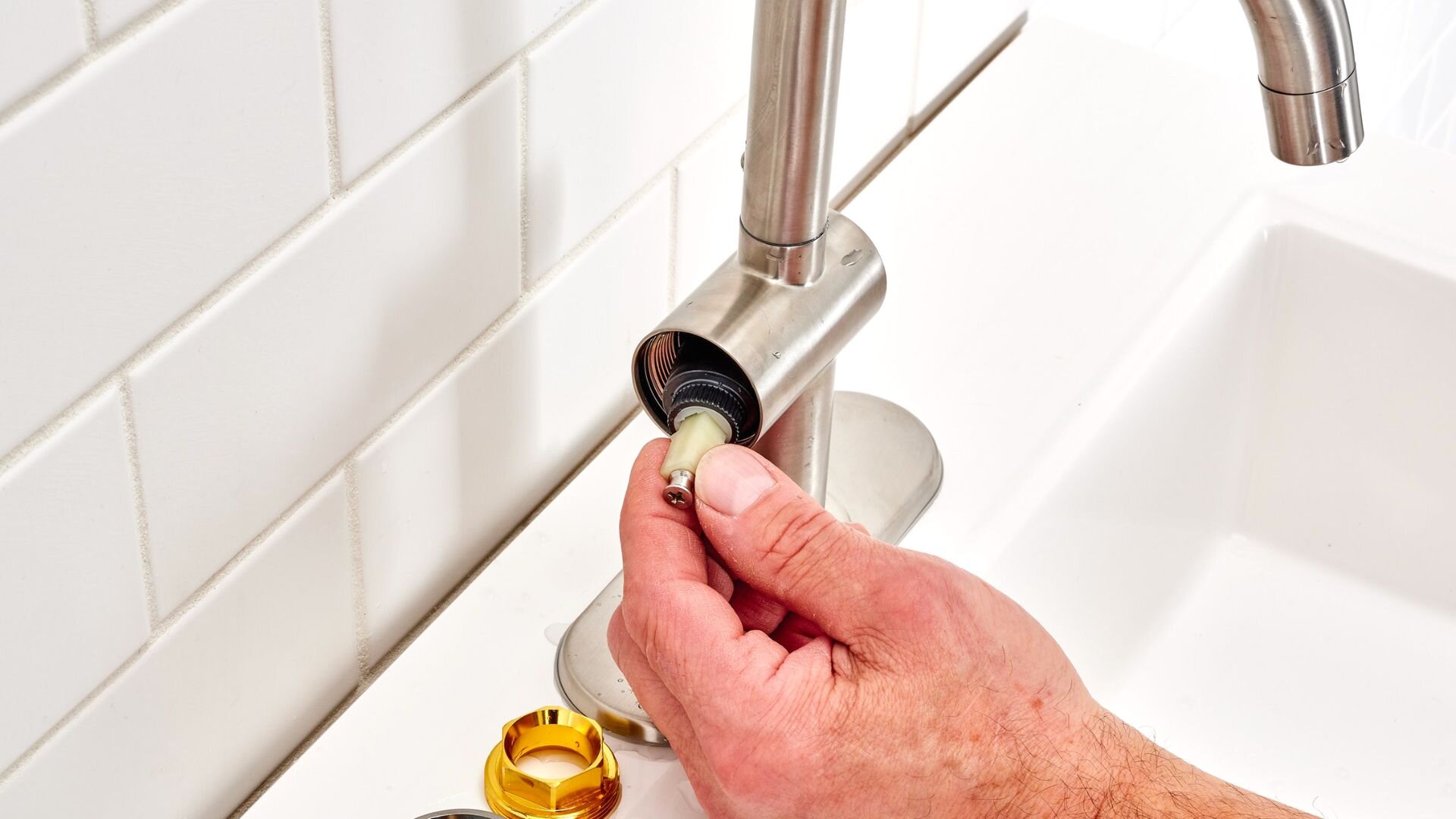
Next, depending on the screw type, you can use a flathead or a hex screwdriver to loosen the exposed screw head. Doing so will loosen the faucet handles, allowing you to remove the handles entirely.
If the handles don’t loosen, penetrating oil may help you remove them relatively quickly.
3. Remove The Stem And Access The O-Ring
Compression faucets usually have the valve stem and the nut that keeps them in place below the handles. An ordinary wrench can be used to remove the stem nut, pull the stem out, and access the O-ring.
Be cautious as regular wrenches can damage the stem nut. To avoid this, opt for a toothless wrench for optimal results.
Once the stem is out, you will find the seat washer and the O-ring. This ring also keeps the faucet from leaking constantly; if it is worn out, you may need to replace it.
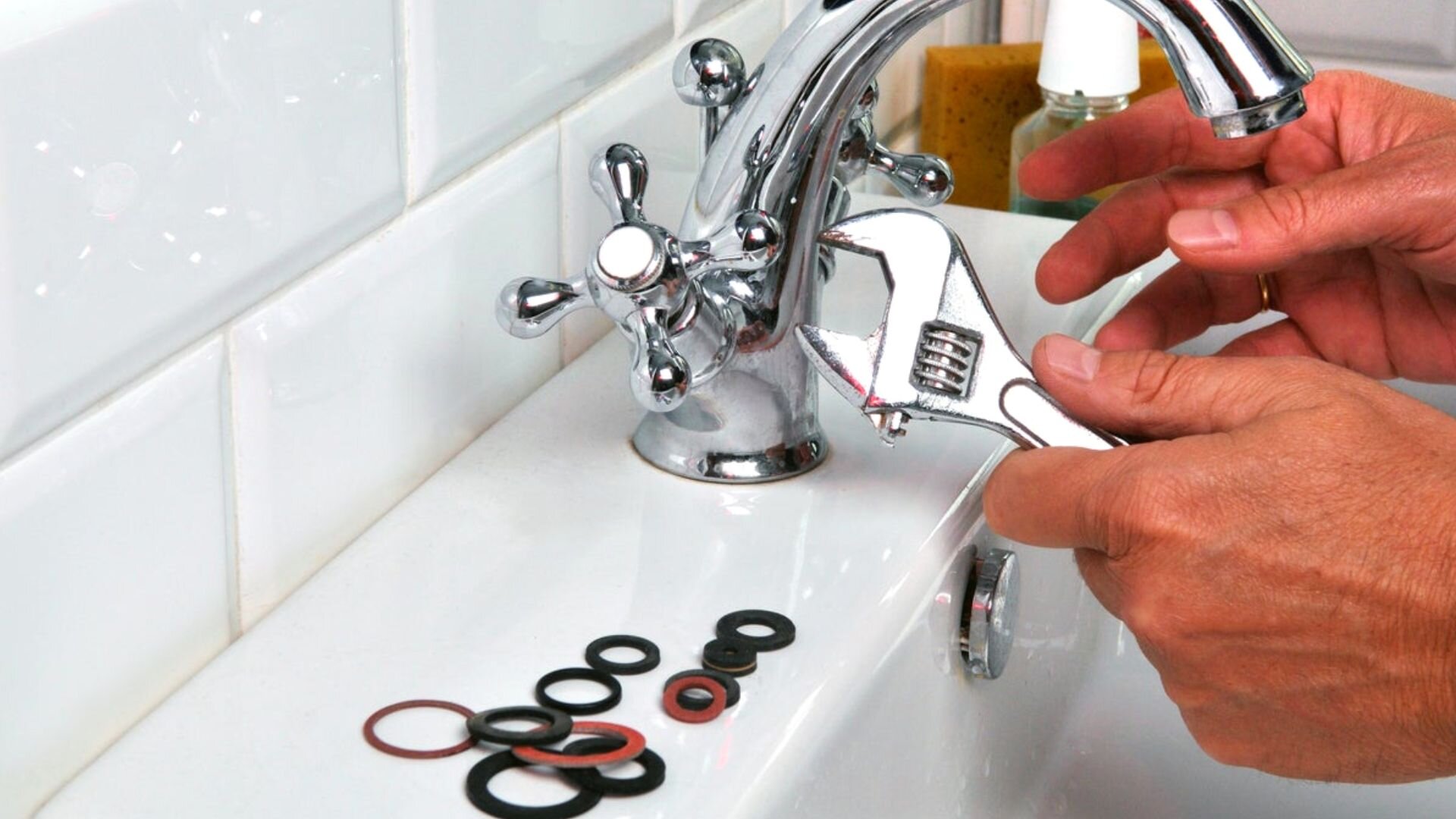
4. Replace The Seat Washer
Seat washers are meant to compress when you turn the handles, which shuts off the water flow through the faucet. If your seat washers are worn out or damaged, you must replace them.
The seat washer may be affixed to the faucet by a screw, which you must unscrew before removing the ring. If it is an Allen screw holding the washer, use an Allen wrench to remove it.
Once the screw is out, remove the rubber seats and place a new one.
5. Faucet Reassembly And Testing
Now that the component responsible for the leaks has been fixed, you can reassemble the faucet. To do this, follow the disassembly guide detailed above in reverse.
Once reassembled, it’s time to test the fixed faucet. Open the shutoff valves under your sink (or the main water supply) and turn the tap on. If water flows through the faucet after letting some air out, consider it a job well done!
What You’ll Need To Fix A Leaky Washerless Tap
- Towel
- Screwdrivers (Hex and flathead)
- Needle-nose adjustable pliers
- Faucet cartridge
- O-rings
4 Easy Steps To Fix A Leaky Washerless Tap
A washerless faucet uses a cartridge, disc or ball to maintain water flow. The tap may begin leaking if they are damaged, but this is quite a rare occurrence.
Just like compression faucets, fixing washerless ones is straightforward. You’ll find all the parts you need at your local hardware store, and they’re generally quite affordable.
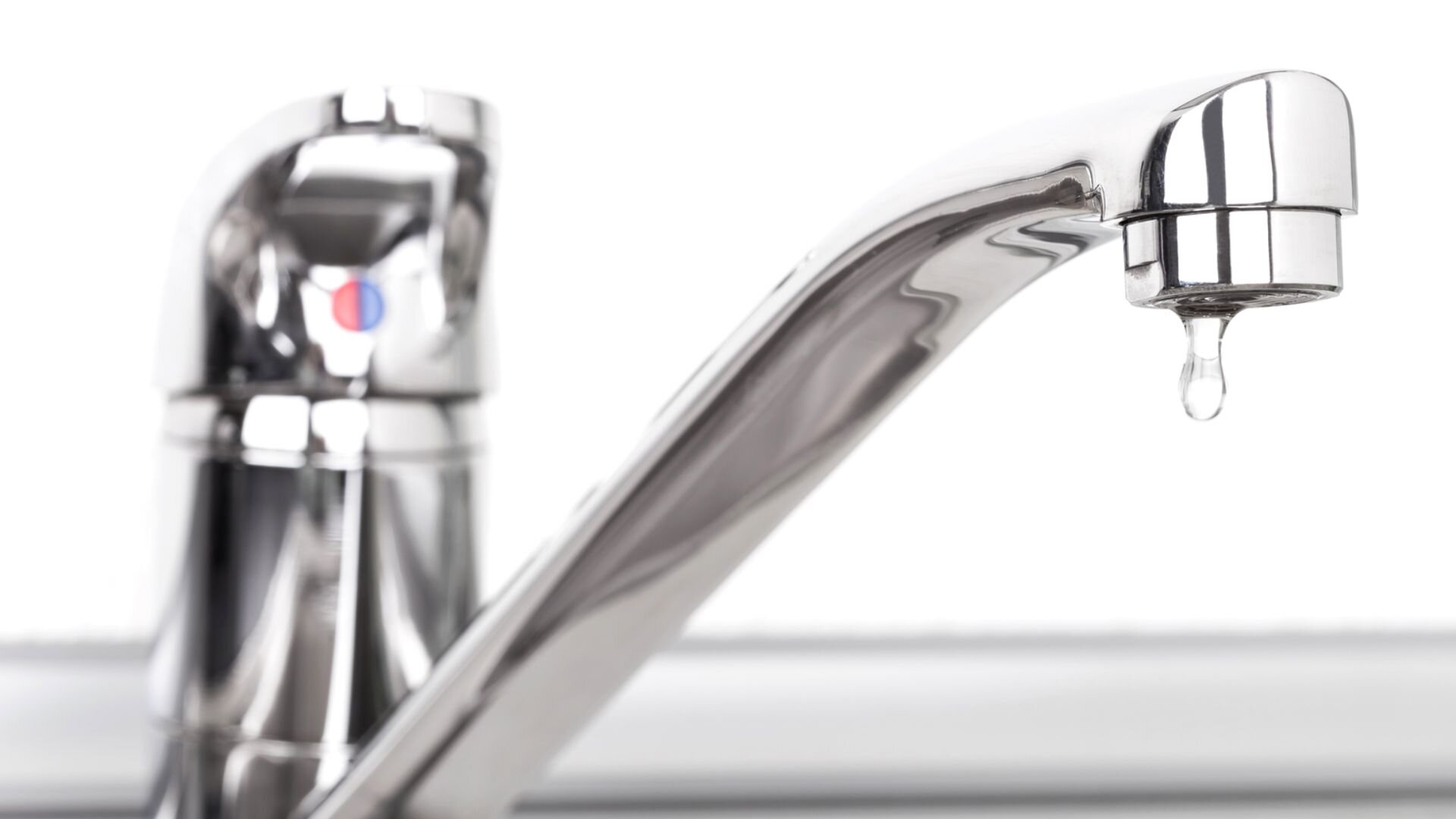
1. Remove The Faucet Handle
Disassembling a washerless faucet is similar to disassembling a compression faucet. You may remove the handle using the process detailed above.
2. Remove The Internal Components
Depending on the faucet type, you must follow a slightly different way of disassembling the faucet body.
For a cartridge-style faucet, you must remove the small circular piece to find the cartridge using needle-nose pliers. This piece is known as a retaining clip; you must not damage it.
As for a ball-type faucet, use a toothless wrench to remove the cap and collar. After this, remove the cam washer, faucet cam and ball to find the seal and springs underneath.
Lastly, a ceramic disk faucet requires removing the escutcheon cap to access the cylinder. Underneath this cylinder is a neoprene seal that controls the water flow.
3. Examine The Parts And Replace As Necessary
At this point, you may have found the O-ring in a cartridge faucet. Take the cartridge from the tap body and cut off the O-ring using a utility knife. After this, you can replace the ring with one coated in the plumber’s grease. If the damage is extensive, consider replacing the entire cartridge.
When dealing with a ball faucet, you can install new springs, cam washers, and valve seats to fix a leaking tap. Ensure that the replacement parts are compatible with your faucet type. For a dripping tap, inspect the tap bonnet and replace the jumper valve if necessary. Lastly, for ceramic disk-type faucets, replace the neoprene seals under the cylinder.
Like with ball faucets, you should ensure the new parts are compatible with the tap. If the damage to it is extensive enough, consider replacing the entire cylinder.
4. Reassemble And Test Your Faucet
Now that all the fixes are made, carefully reassemble the faucet and turn the water supply back on. Test the faucet for any signs of leaks or faults; if there are none, you’re done with the task!
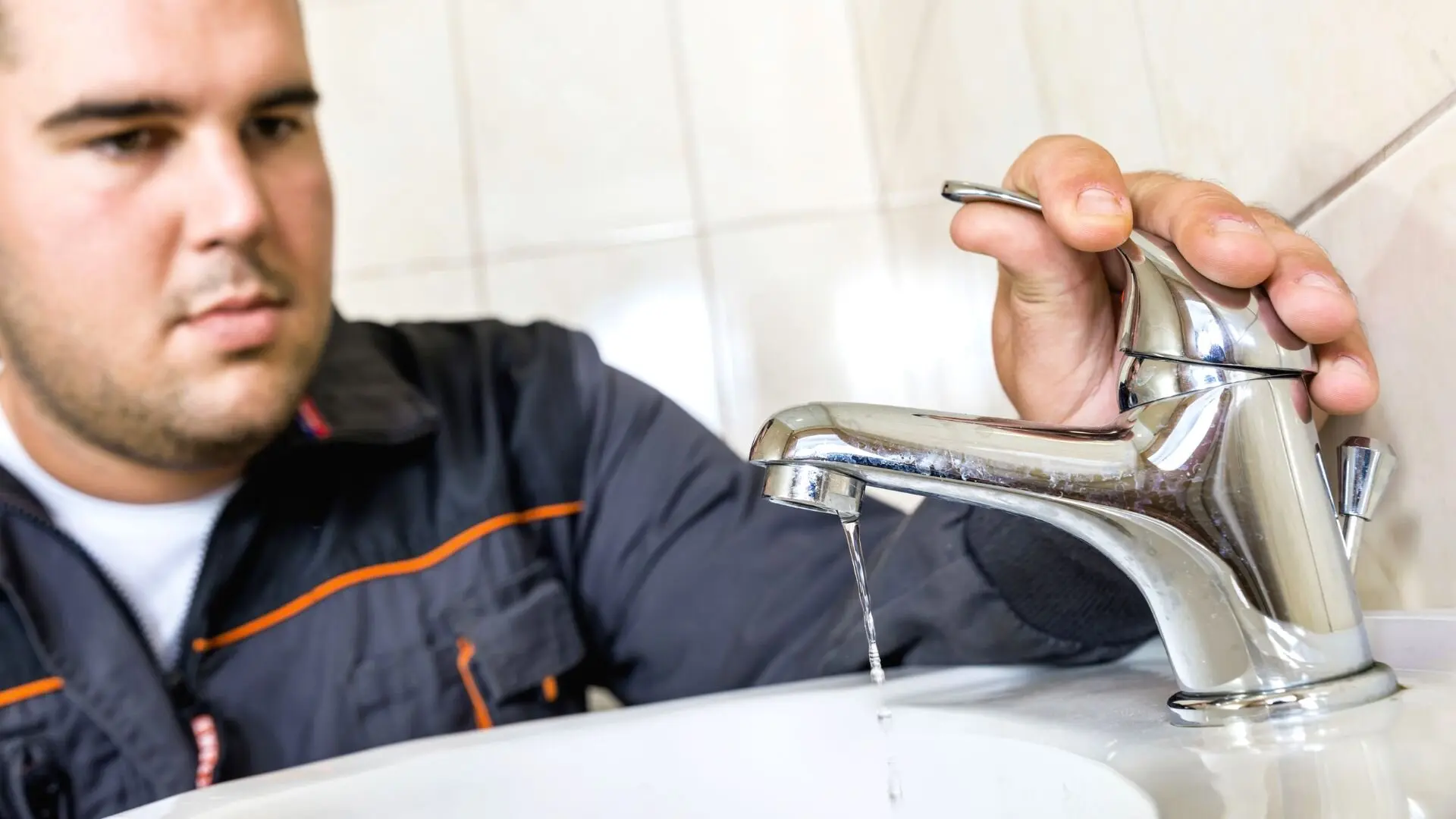
Don’t Let a Dripping Faucet Drive You Crazy: 5 Simple Steps To Fix A Leaky Faucet
That brings us to the end of our guide on how to fix a leaky faucet. Your taps do not have overly complex working parts; usually, only a part or two causes the leakage.
In such instances, the leaks can be fixed by replacing the affected part. After all, frequency of use and damage is the primary cause of leaky faucets. This also means that newer faucets will rarely see leakages.
While fixing a leaky tap is usually straightforward, sometimes you’ll need a professional hand. If the leaks persist despite your efforts, it’s time to call in an expert.
If you’re looking for a professional plumber to handle leaks in your plumbing, contact Woolf Plumbing & Gas! Our licensed experts can address all your plumbing needs in Perth whenever and wherever you need them. Call us today to receive a consultation and a quote!


